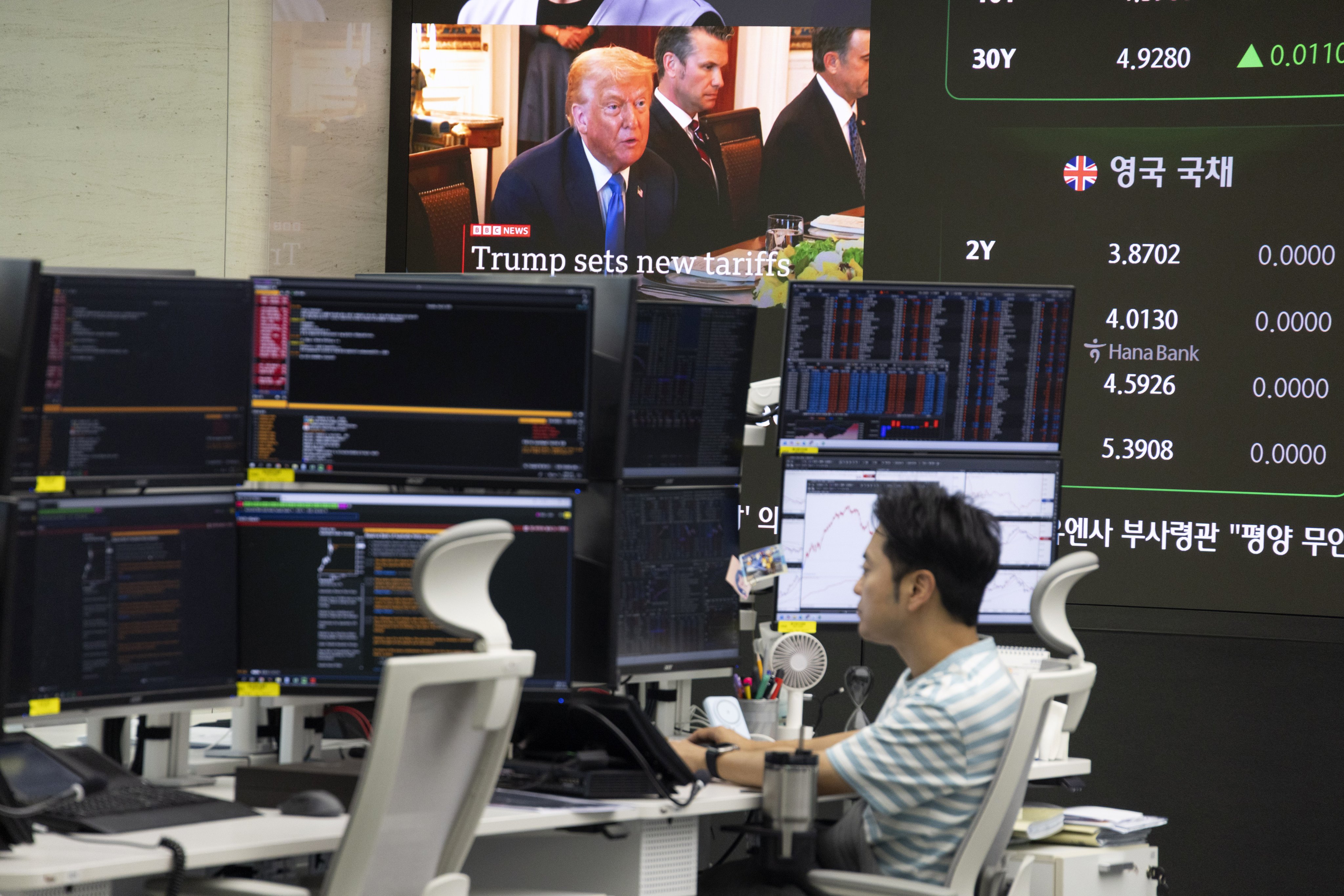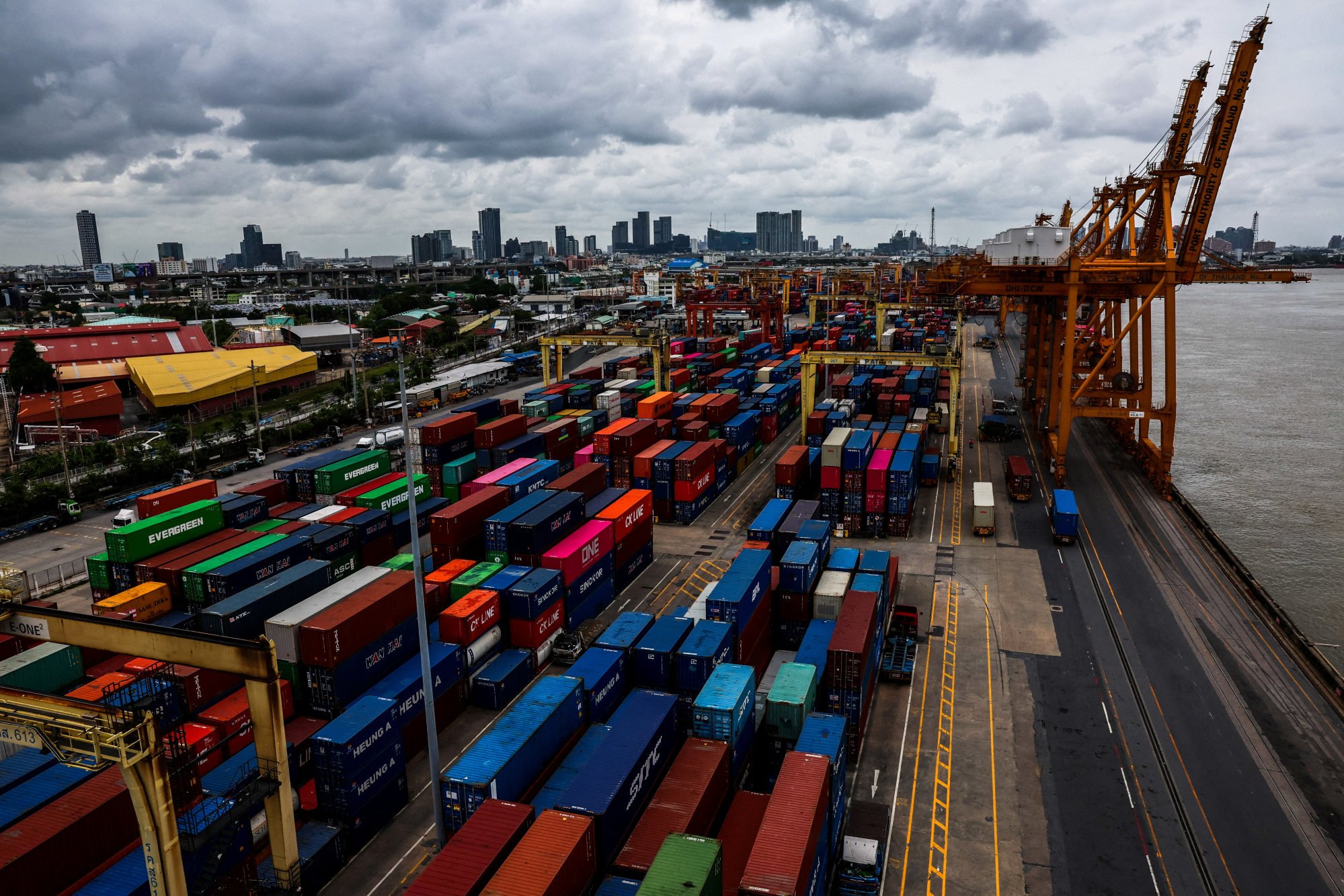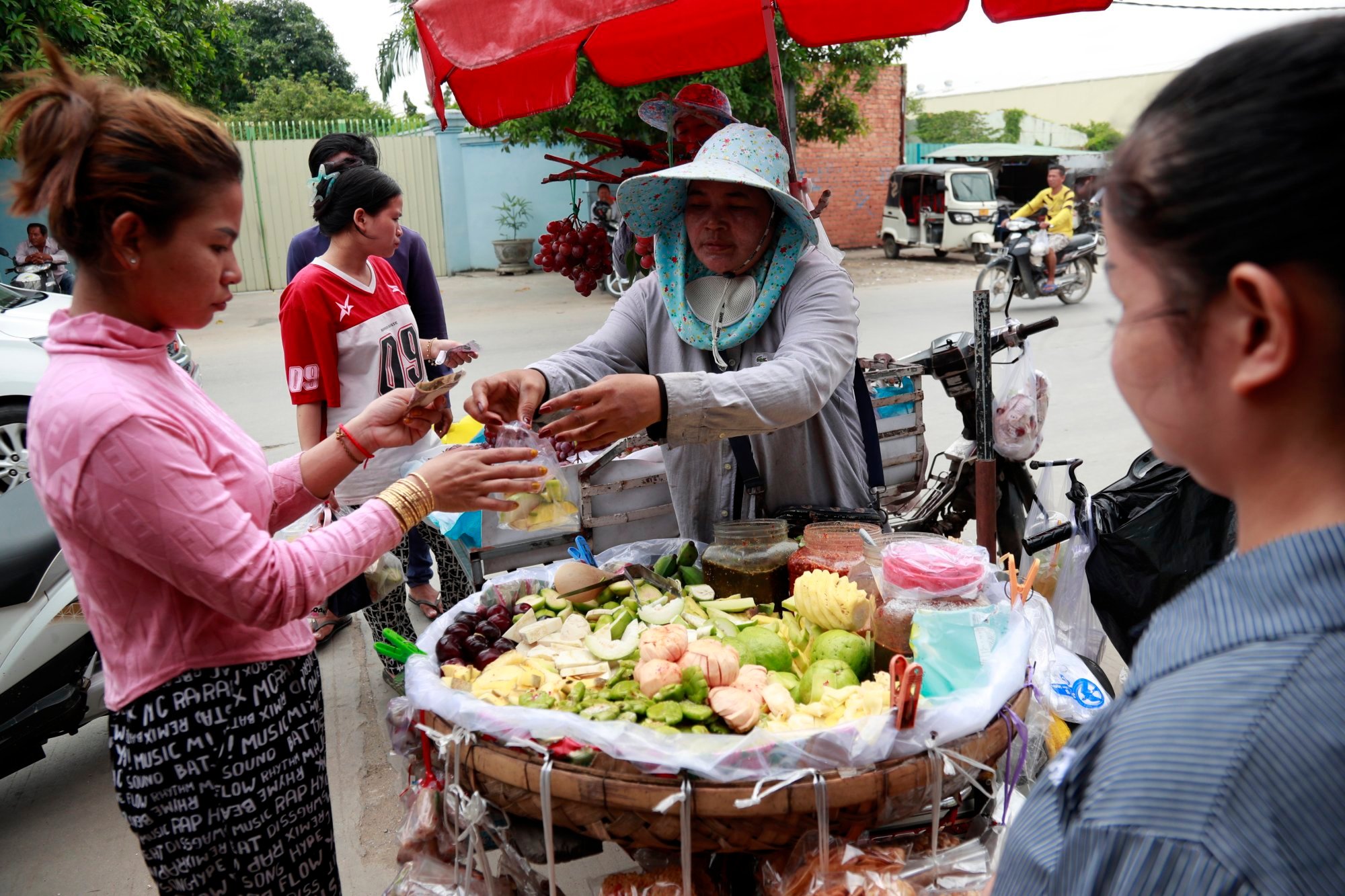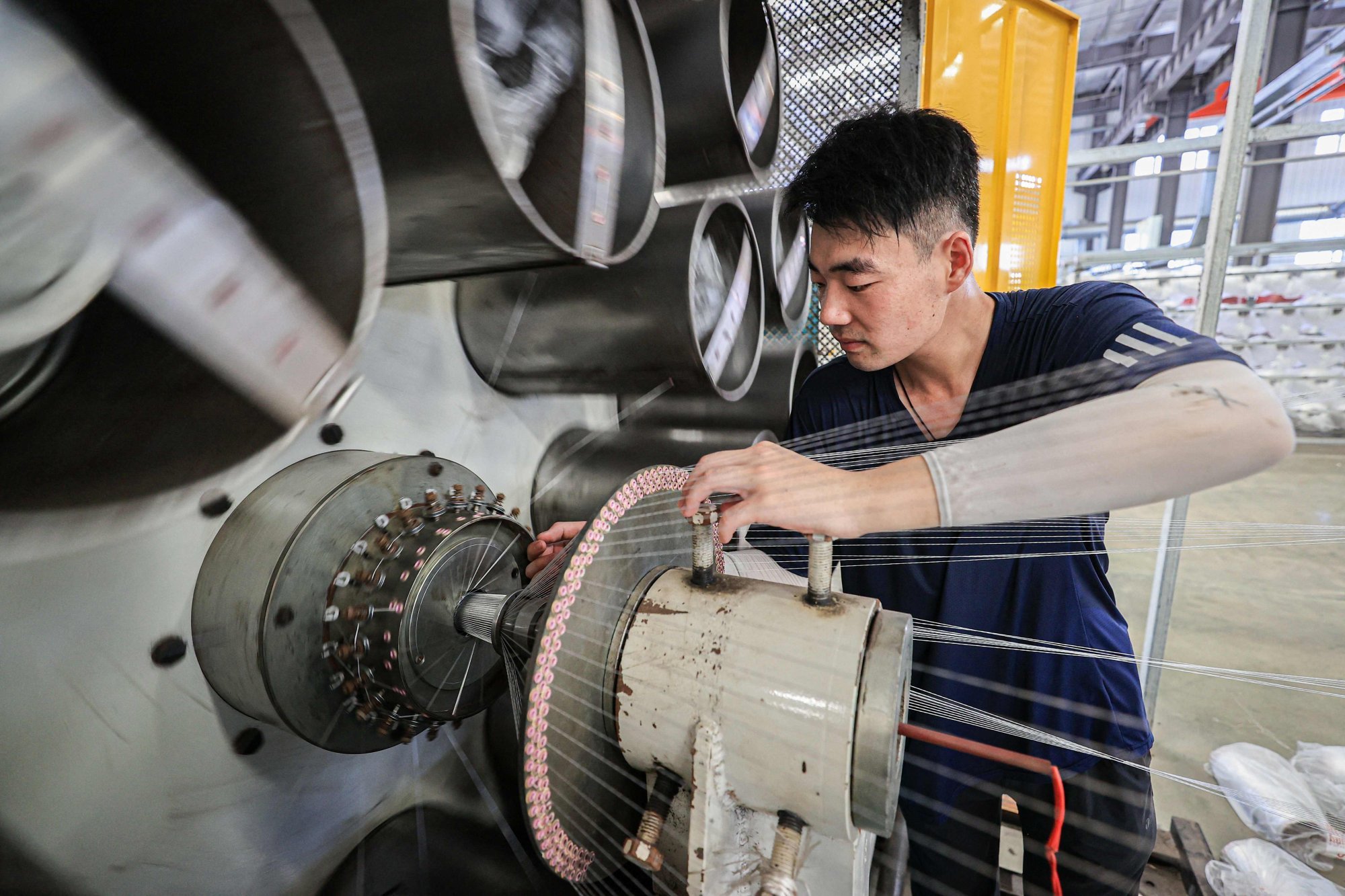More uncertainty ahead for Asia as Trump shifts goalposts on tariffs again
Agreements are likely to be repeatedly renegotiated as circumstances change, with smaller economies the ‘biggest losers’, analysts warn

Asia could face a prolonged period of trade uncertainty after US President Donald Trump extended the deadline for imposing higher import tariffs to August 1.
Trump told trade partners on Monday that the new deadline was final, though he might grant further extensions if countries submitted acceptable proposals.
He also confirmed plans to impose a 25 per cent tariff on imports from Japan and South Korea in letters posted on his social media platform, warning: “If for any reason you decide to raise your Tariffs, then, whatever the number you choose to raise them by, will be added onto the 25 per cent that we charge.”
The announcement comes as a 90‑day suspension of some of Washington’s most aggressive import duties is set to expire on Wednesday.

Trump first announced higher tariffs on US imports worldwide on April 2 – a date he has branded “Liberation Day” – citing the need to reset America’s trade imbalances. The measures were then suspended to allow time for negotiations, but the threat now appears to be returning in full force.
Jamus Lim, an associate professor of economics at ESSEC Business School Asia-Pacific, said all countries – including those in Southeast Asia – should expect tariffs of at least 10 per cent or more.
“The US will employ its leverage as the larger trade partner to extract more concessions from smaller countries, including the full removal of all tariffs on US exports to those countries,” he said.
Simultaneously, Trump was likely to impose a higher tariff rate on goods transshipped through other nations from China, Lim said.
“Negotiated agreements are liable to be repeatedly renegotiated, once circumstances change,” Lim noted.
“The biggest losers will be smaller Asian economies carrying large trade surpluses vis-a-vis the US, such as South Korea, Taiwan, Thailand and Vietnam. Based on the recently concluded deal with Vietnam, a base rate of 20 per cent or more is still likely to be in effect.”

Trump has announced tariffs of 40 per cent on imports from Myanmar and Laos, 36 per cent on Cambodia and Thailand, 35 per cent on Bangladesh and Serbia, 32 per cent on Indonesia, 30 per cent on South Africa and on Bosnia and Herzegovina, and 25 per cent on Kazakhstan, Malaysia and Tunisia.
Larger Asian countries such as Japan and China would have a “greater ability to push back” on negotiations with the United States, although the former was likely to face lower tariffs than the latter, Lim said, adding that the prowess of negotiators would be critical to trade outcomes.
Unhandled type: inline-plus-widget {“type”:”inline-plus-widget”}
Japan and China are the fourth- and third-largest trade partners, respectively, for the US.
So far, the US has reached trade agreements with the United Kingdom, Vietnam and partially with China.
If new tariff rates come into effect, the average tariffs for Asia will rise to 27 per cent, according to a Morgan Stanley report on Tuesday.
The report also noted the possibility of America imposing sector-specific tariffs, such as on pharmaceutical imports.
“Our core view remains: uncertainty will likely persist, weighing on corporate confidence, capex and the trade cycle,” it said.
Morgan Stanley noted that Trump had said “we’re close to making a deal with India”. The development, it said, “indicates that most large economies in the region will be able to make a deal before August 1”.
Indian officials had been in Washington last month to finalise a trade deal. Local media reports say that a key issue that needs to be agreed upon is access of US agricultural products into the South Asian country – an issue that remains contentious for millions of its farmers.
Other Asian nations too face a tricky path to negotiations, analysts say.
“Japan and Korea may not be able to negotiate away issues like auto tariffs and agricultural products for Japan; relief for auto and steel tariffs for Korea,” Morgan Stanley said, highlighting key sectors for both Asian nations.
Prime Minister Shigeru Ishiba on Tuesday said Trump’s decision to impose a 25 per cent tariff on Japan was “truly regrettable”, adding bilateral talks would continue towards a mutually beneficial deal.
Washington and Beijing agreed to a trade framework in June that restored a fragile truce, but many details remain unclear. The average US tariffs on Chinese goods now stand at 51.1 per cent, while the average Chinese duty on US goods is 32.6 per cent.

Analysts warn the issue of transshipment of Chinese goods through other nations is bound to be complicated with the US.
“Restricting trade with China will be near impossible for Asia ex-China economies, given that China sits at the heart of the region’s cross-border production network,” Morgan Stanley said.
According to BMI, a Fitch Solutions company, Trump’s latest announcement indicates “a somewhat pragmatic approach” to allow more time to economies struggling to reach a trade agreement with Washington, given the risks to the US and global economy from another sharp escalation in trade tensions.
“Given that these negotiations might prove complicated, some ‘trade deals’ might be vague on details, and might end up being ‘trade frameworks’ rather than a deal,” it said.
“In addition, we would not rule out a delay to some deals to September or October, while final details could take even longer [year end] to be fully agreed on in some cases.”